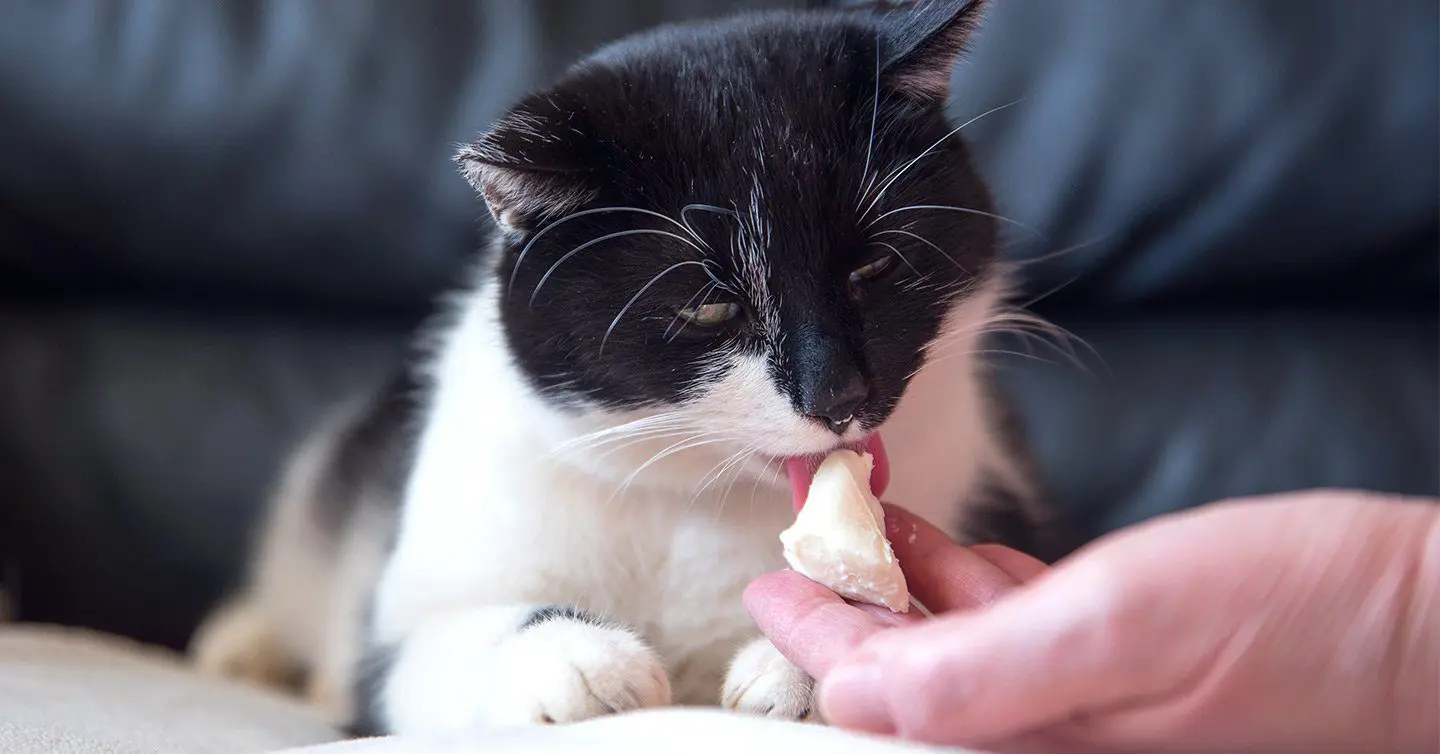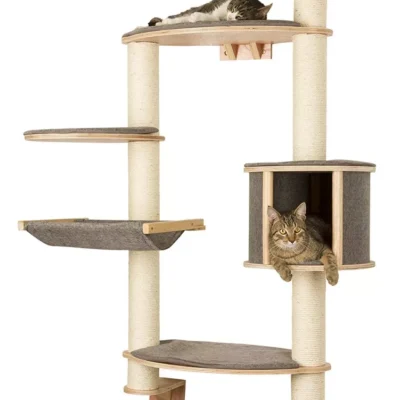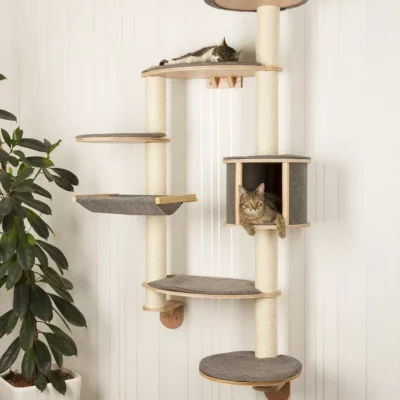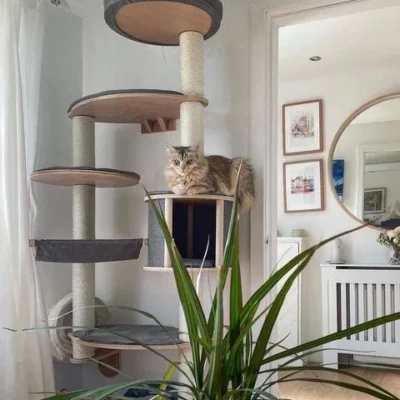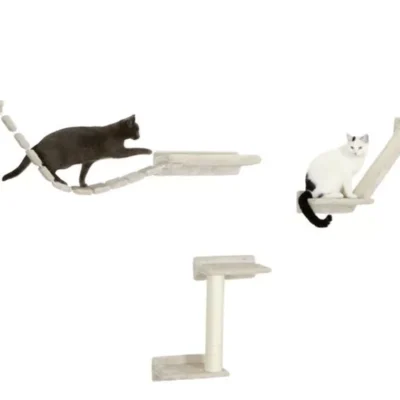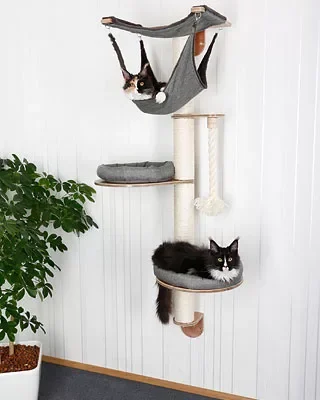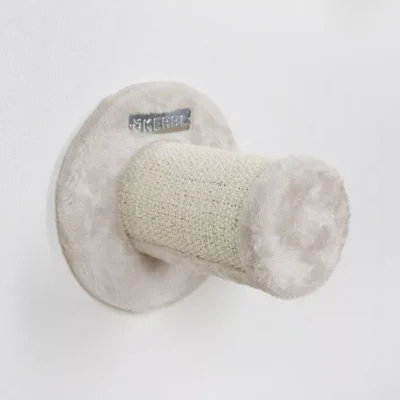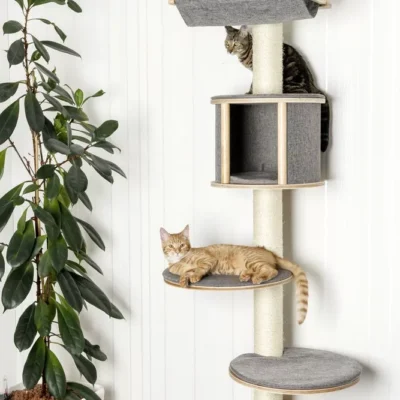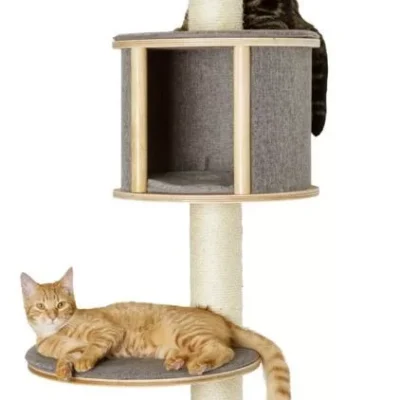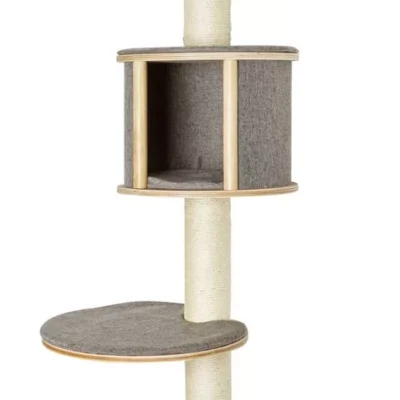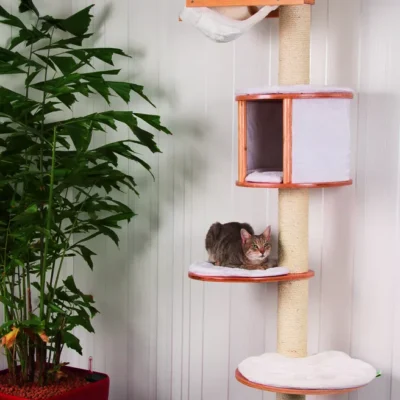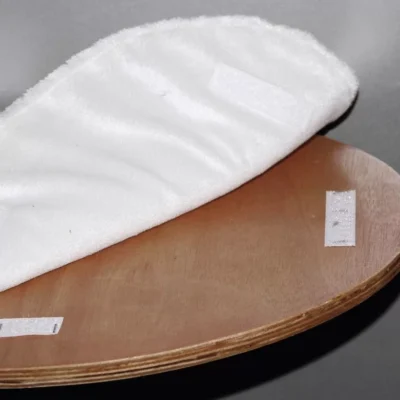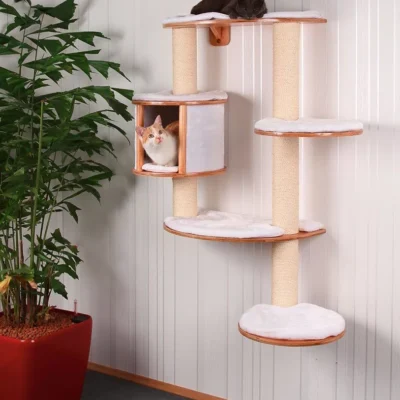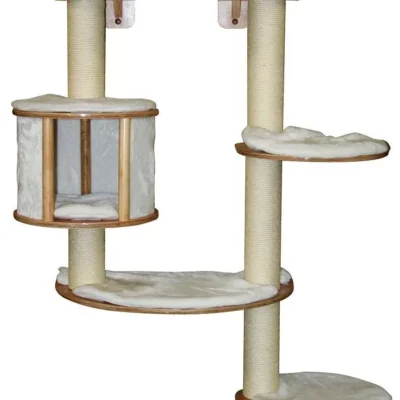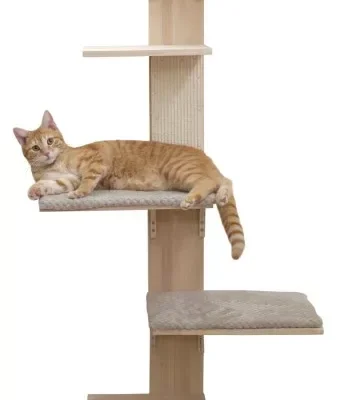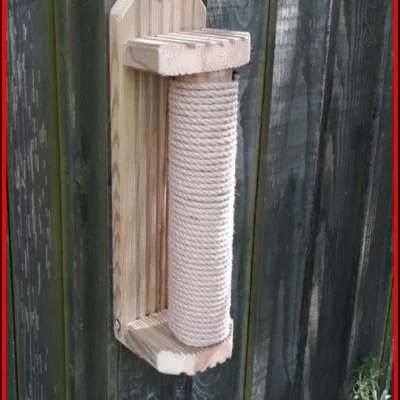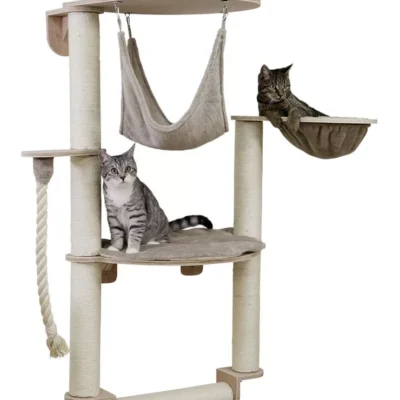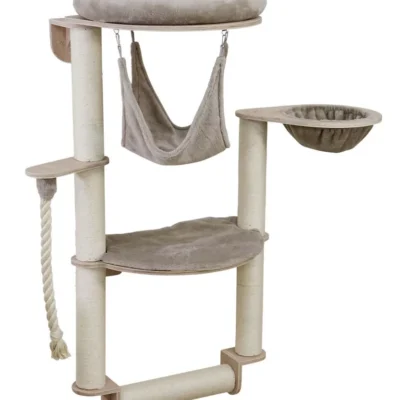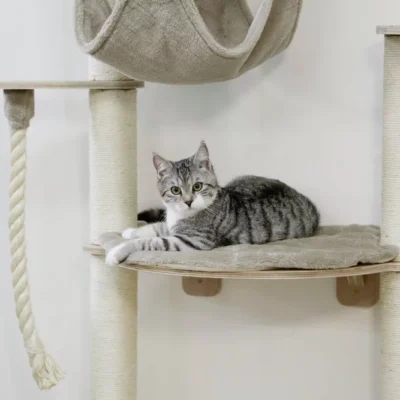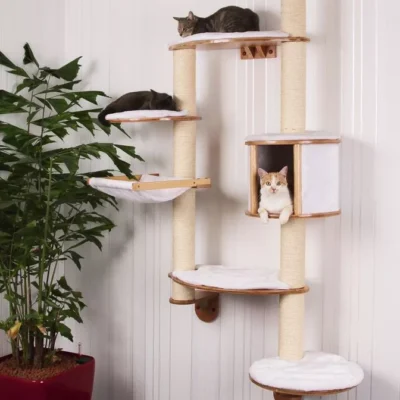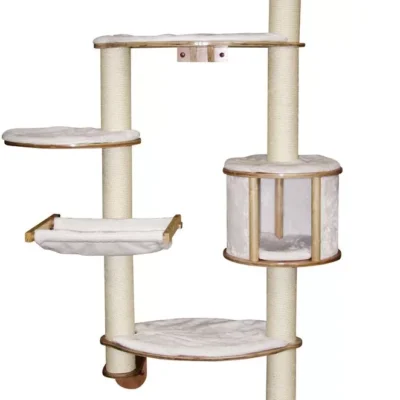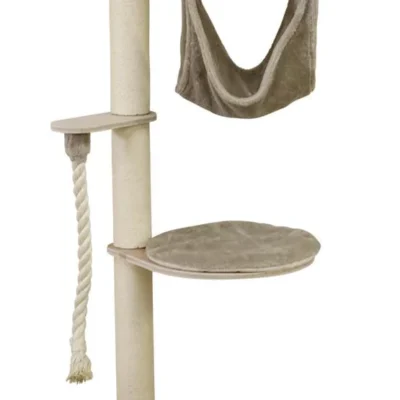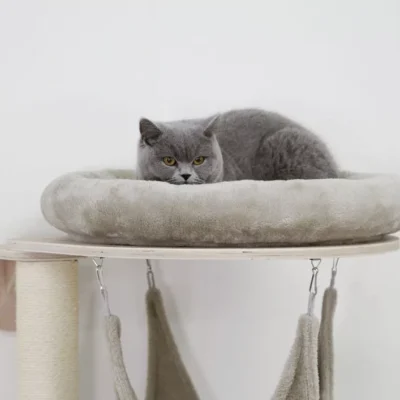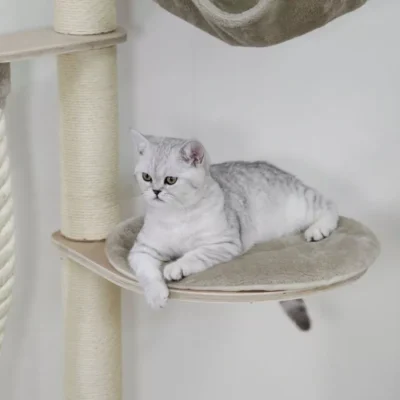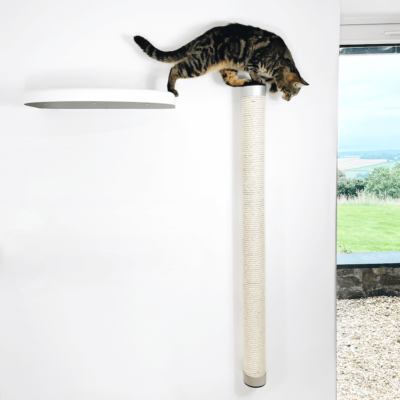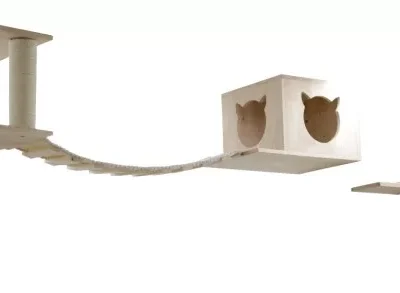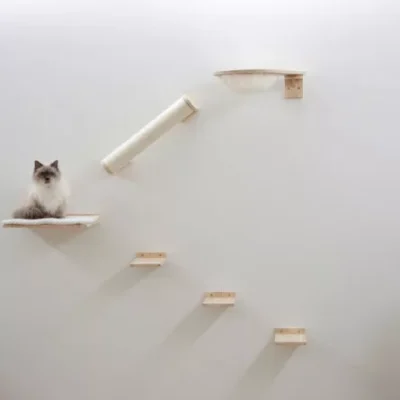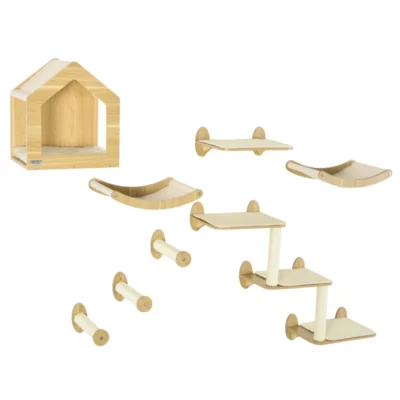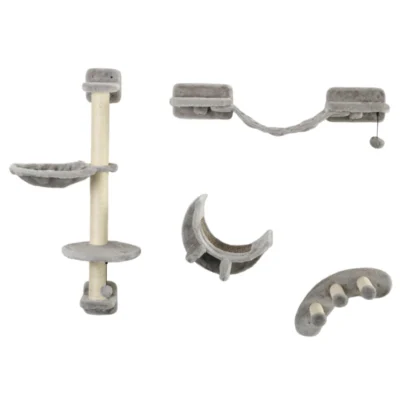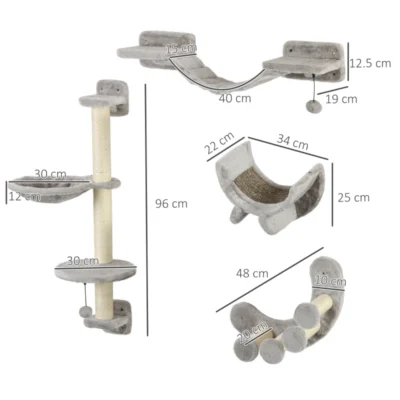0
Cats have long held a fascination with the culinary world of humans. Perhaps it’s the tempting aroma wafting from our plates, the intriguing textures, or simply the desire to partake in a shared meal with their human companions. One particular human food that has piqued the curiosity of many cat owners is cheese.
When it comes to the relationship between cats and cheese, a tapestry of myths and perceptions awaits our scrutiny. Chief among these is the enduring belief that cats harbor an innate affection for milk and dairy products, including cheese. This notion has been perpetuated in popular culture, often depicting contented cats lapping up saucers of milk. However, the truth is far more nuanced, as a significant number of adult cats are, in fact, lactose intolerant. This means they lack the enzyme needed to properly digest lactose, the sugar found abundantly in milk.
Another perception is that cheese, with its creamy texture and robust scent, is a harmless indulgence for cats. While it’s undeniable that cats may display a keen interest in cheese, it’s vital to distinguish fact from fiction concerning the potential risks and benefits of incorporating cheese into their diet.
In light of these intriguing dynamics between cats and cheese, the primary aim of this blog is to provide a reliable source of information vetted by professionals in the field. We intend to dispel common myths, shed light on the nutritional realities of cheese, and offer practical guidance to cat owners who may wonder if cheese can be a part of their pet’s menu. By the time you reach the end of this blog, you’ll have a comprehensive understanding of whether cheese can safely find its way into your feline friend’s diet and, if so, how to offer it in a manner that prioritizes your cat’s health and well-being. Your cat’s welfare is paramount to us, and we’re dedicated to ensuring that any treats you provide align harmoniously with their dietary needs. Prepare to embark on a journey into the world of cats and cheese, where evidence-based insights will be your compass.
Understanding Cat Nutrition
Understanding the nutritional needs of our feline companions is paramount to their health and well-being. Cats are what we call “obligate carnivores,” meaning their dietary requirements revolve primarily around meat. Unlike omnivores such as dogs, cats have specific dietary demands that are critical to their overall health. Let’s delve into the essential nutritional components that make up a cat’s diet:
Protein Power: Cats thrive on high-quality, animal-based proteins. Protein plays a pivotal role in their muscle development, immune system function, and overall vitality.
The Taurine Touch: Taurine, an amino acid, takes center stage in a cat’s diet. It’s a linchpin for heart health, vision, and reproduction. Unlike some other animals, cats can’t produce enough taurine internally and must source it from their food.
Fueling with Fats: Fats are an energy-packed staple in a cat’s diet. They’re not only an energy source but also facilitate the absorption of fat-soluble vitamins. Additionally, fats contribute to the health of a cat’s skin and coat.
Vitamins and Minerals: Cats require specific vitamins and minerals to maintain their overall health. These include vitamin A, vitamin D, calcium, and phosphorus, among others.
Hydration is Vital: Clean, fresh water is a non-negotiable requirement for cats. Adequate hydration is pivotal for their well-being.
Dairy products, such as cheese, often pique the interest of our feline friends. The allure may be attributed to their fat content and robust aroma. However, it’s crucial to recognize that dairy isn’t a natural part of a cat’s diet. In fact, cheese doesn’t provide the comprehensive and balanced nutritional profile that cats need. Regularly feeding cheese or relying on it as the primary diet can lead to nutritional imbalances and potential health concerns.
A critical factor to consider when it comes to cats and dairy products like cheese is lactose intolerance. Many adult cats are lactose intolerant, which means they lack the enzyme lactase necessary for digesting lactose, the sugar present in milk and dairy. When lactose-intolerant cats consume cheese or milk, it often results in gastrointestinal distress, including diarrhea, gas, and stomach discomfort.
While kittens may initially tolerate lactose better, their ability to do so can decrease as they transition to adulthood. Thus, it’s a misconception that cats can enjoy dairy products throughout their lives without consequences.
In essence, cheese and other dairy items are not suitable as primary sources of nutrition for cats. A well-rounded, high-quality cat food that meets all their dietary requirements is essential. If you choose to treat your cat with cheese occasionally, do so mindfully, considering your cat’s tolerance. Always prioritize a diet that aligns with their carnivorous nature and nutritional needs to support their health comprehensively.

